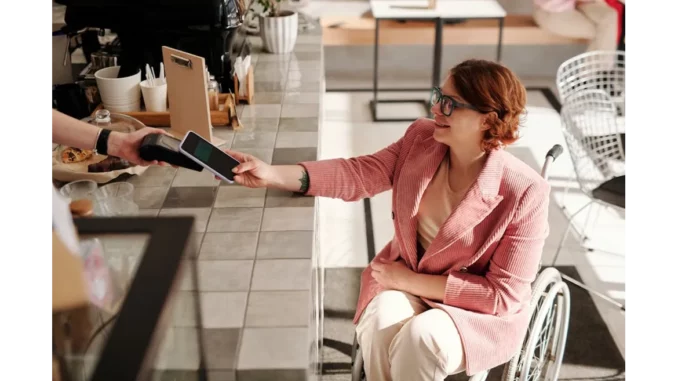
Nestled within the vibrant atmosphere of a bustling university campus, I recently had the privilege of meeting Dr Samuel Harper, a distinguished figure in the field of biomedical engineering. Over a warm cup of coffee, Dr Harper unfolded the narrative of his innovative work, poised to transform the lives of individuals living with disabilities. Through the simple act of directing one’s gaze left and right, his pioneering technology promises to offer a newfound sense of independence.
Dr Harper’s venture into the world of biomedical engineering is deeply rooted in personal experience. “My younger sister was born with cerebral palsy,” he shared, “and observing her daily struggles with tasks that many of us take for granted instilled in me a passion for empowering individuals with disabilities.” This familial connection became the driving force behind his commitment to developing technology that enhances autonomy for those who need it most.
Central to Dr Harper’s recent project is an avant-garde eyewear device, engineered to integrate effortlessly with a variety of assistive technologies. “The concept is straightforward yet revolutionary,” he elucidated. “Envision being able to control your surroundings with just a glance. That’s the vision we are striving to realise.” This device, in development for five years, leverages eye-tracking technology to interpret the wearer’s gaze, translating it into functional commands. It represents the culmination of extensive research and numerous iterations. “Our goal was to create something intuitive and user-friendly,” he stated. “Rather than having the user adapt to the technology, our objective was for the technology to adapt to the user.”
Throughout our conversation, Dr Harper’s dedication to user-centred design was evident. “From the outset, we involved potential users in the development process,” he remarked. “Their insights were invaluable and instrumental in refining the technology to meet practical, real-world needs.” One particularly exciting feature of the device is its capability to integrate with smart home systems. “Imagine controlling your lighting, adjusting the thermostat, or even playing your favourite music playlist simply by glancing at icons on a screen,” Dr Harper illustrated. This integration could significantly enhance the quality of life for those with limited mobility.
Dr Harper recounted a particularly poignant story from a recent trial involving a participant named Emily, who has been living with a spinal cord injury. “For the first time in years, Emily could independently manage her environment,” he recounted with a smile. “Witnessing her joy was a profound reminder of why we pursue this work.” However, despite such success, Dr Harper is quick to acknowledge the ongoing challenges. “We continually strive to improve the accuracy of the eye-tracking technology,” he explained. “Factors such as lighting conditions and reflections can pose interference, and our focus remains on enhancing the device’s robustness.”
A crucial aspect of Dr Harper’s mission is ensuring the technology’s accessibility and affordability. “This technology should be within reach for everyone who needs it, not just those with the financial means,” he asserted. To this end, his team is actively seeking collaborations with non-profit organisations and government bodies to subsidise costs and broaden access. Alongside technical and financial hurdles, Dr Harper also addresses the societal challenges that accompany the adoption of assistive devices. “There remains a stigma around these devices,” he observed. “Our mission includes normalising their use and celebrating the independence they facilitate.”
As our conversation drew to a close, I inquired about the future prospects of his project. “We are merely scratching the surface,” he responded with enthusiasm. “The potential applications of this technology are boundless. We are exploring possibilities in education, vocational training, and even entertainment.” Dr Harper envisions his work as more than just individual empowerment; he perceives it as a stride towards a more inclusive society. “By dismantling barriers, we are unlocking opportunities previously inaccessible,” he articulated. “It’s about cultivating a world where everyone has the opportunity to flourish.”
Leaving the interview, I found myself deeply inspired by Dr Harper’s dedication and the tangible impact of his work. His narrative is a powerful testament to the potential of innovation and the profound change it can engender in people’s lives. As advancements in biomedical engineering continue to unfold, it is evident that the future holds promising possibilities for individuals living with disabilities.


Be the first to comment